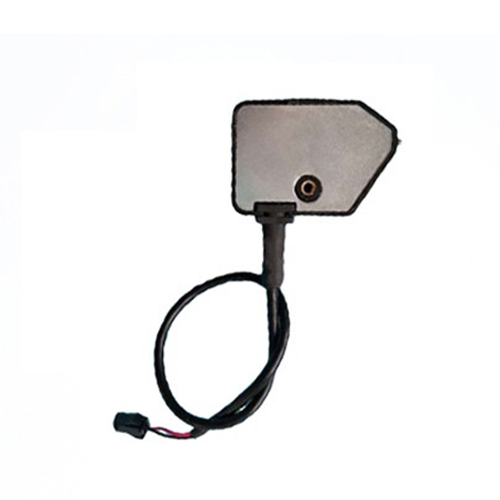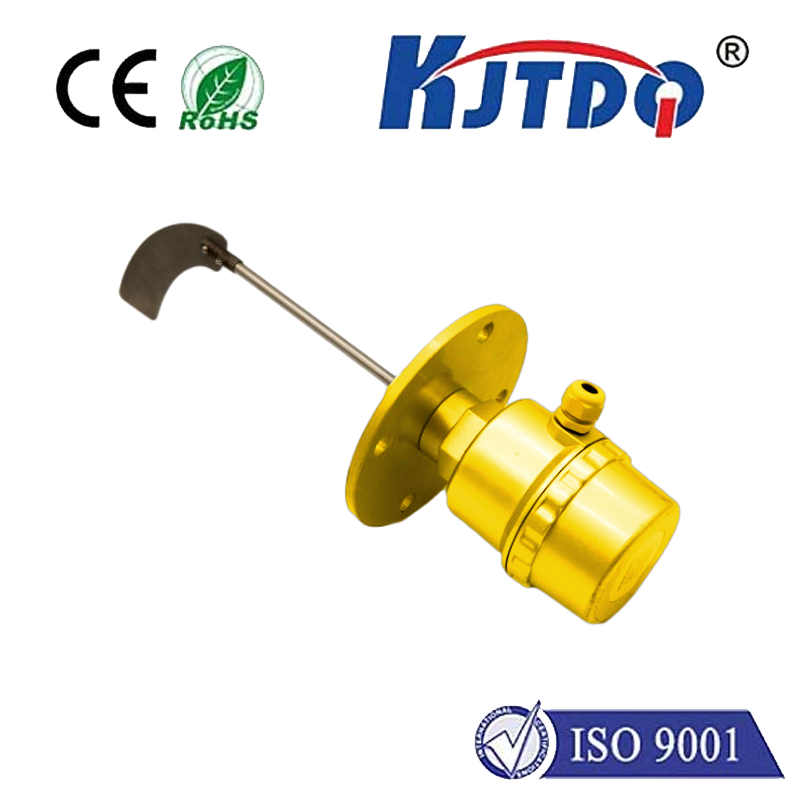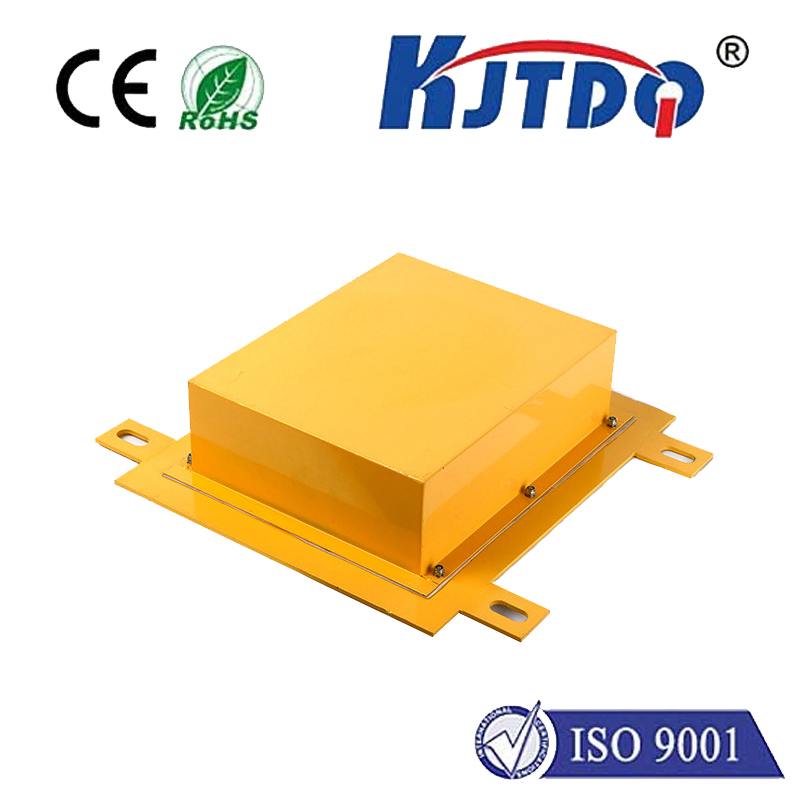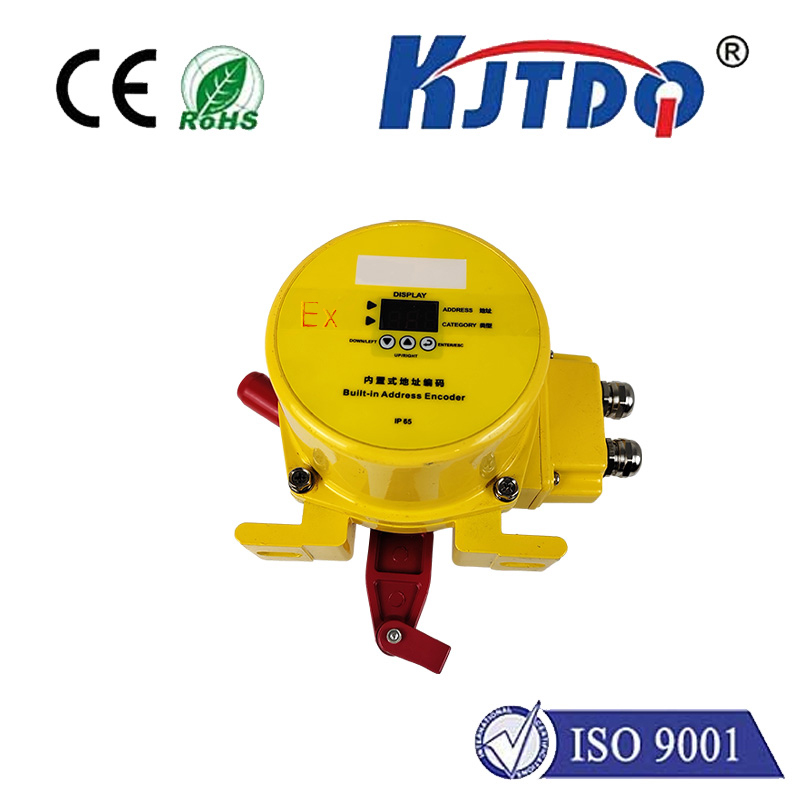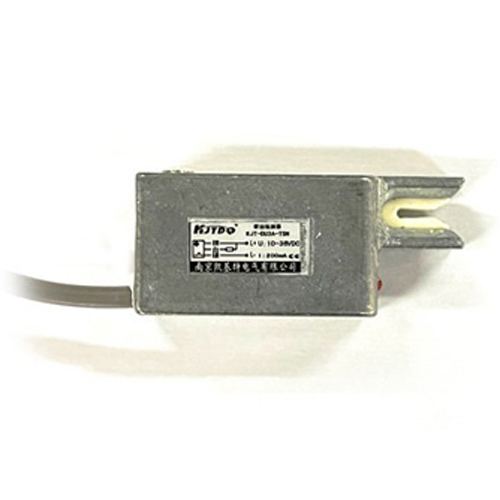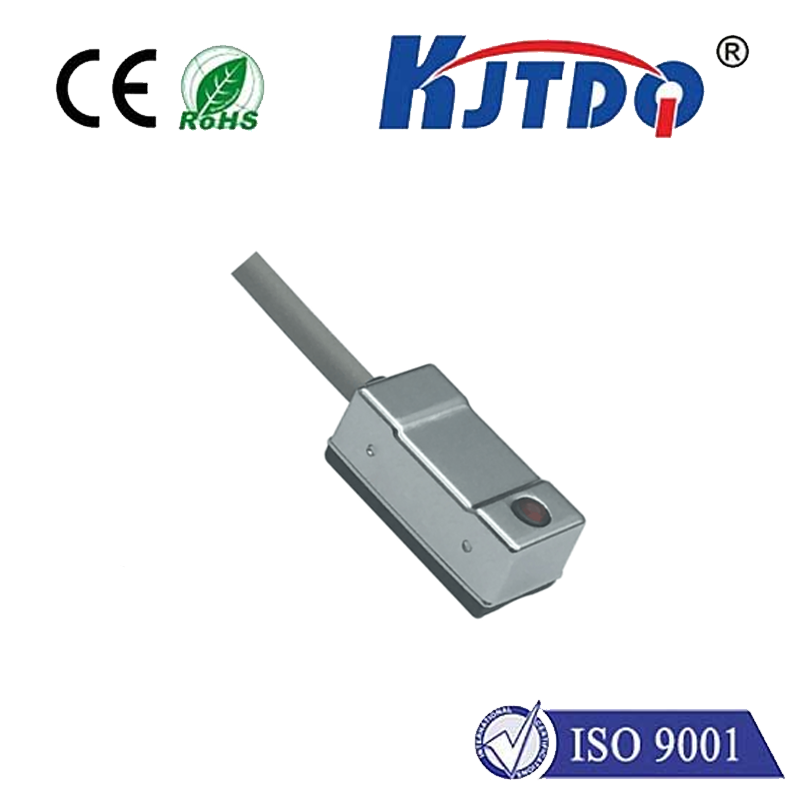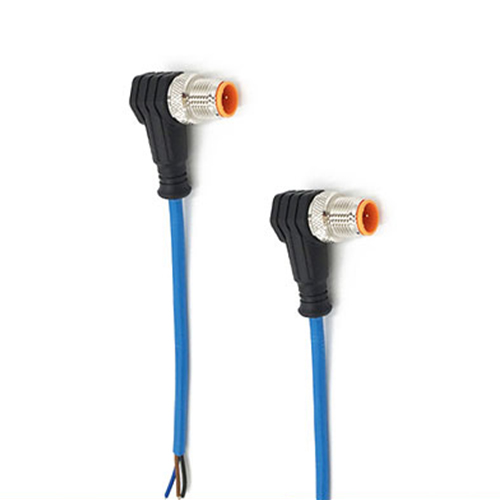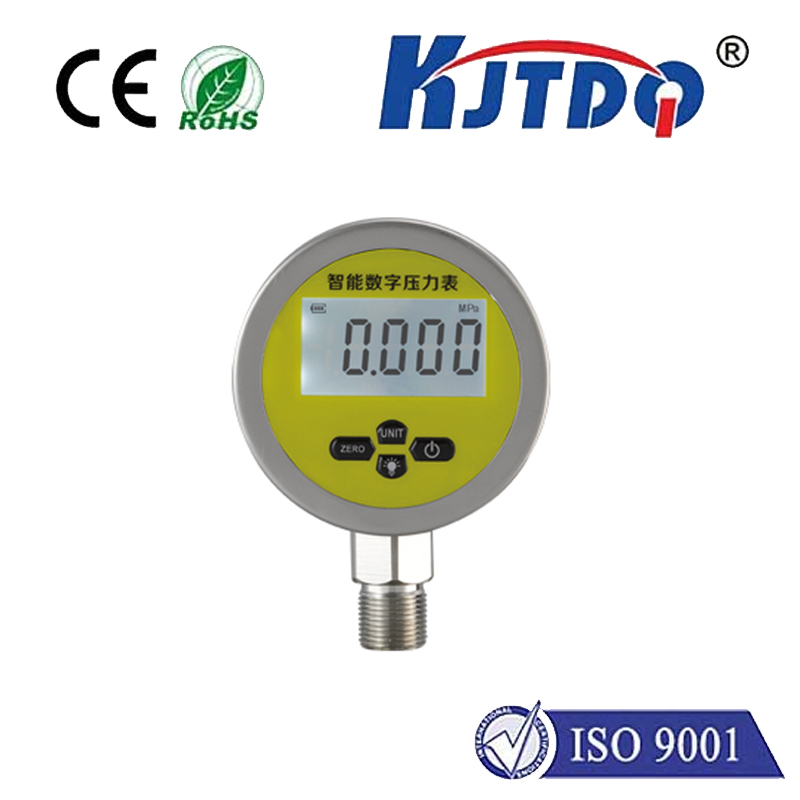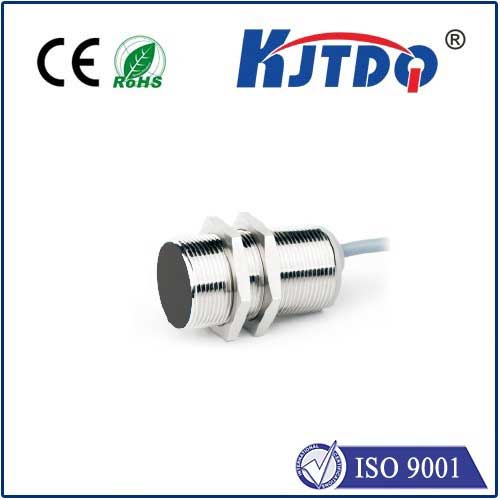BES0315 high pressure proximity sensor
- time:2025-10-16 15:23:11
- Нажмите:0
BES0315 High Pressure Proximity Sensor: Unmatched Reliability in Demanding Industrial Environments
Imagine a critical hydraulic system deep within a massive earthmover, operating under immense pressures that could crush lesser components. A pressure gauge fails due to shock and vibration, or worse, a hose ruptures unexpectedly, triggering costly and dangerous downtime. In these punishing environments where direct pressure measurement is vulnerable, the BES0315 high pressure proximity sensor emerges as a vital guardian. Engineered for robustness and precision, this sensor utilizes non-contact inductive technology to reliably detect the presence or absence of metallic targets indirectly linked to system pressure, providing an essential layer of safety and process control where traditional sensors falter. It’s not just a sensor; it’s a mission-critical assurance in high-stakes industrial applications.
The Core Challenge: Sensing Where Pressure Reigns Supreme
High-pressure environments – hydraulic systems, injection molding machines, deep-sea equipment, heavy presses, and high-performance compressors – pose significant challenges for sensing. Directly measuring pressure often involves seals, diaphragms, or ports that can be points of failure under extreme stress, contamination, or pulsation. Failures here lead to leaks, inaccurate readings, or complete sensor destruction, resulting in:
- Dangerous situations (uncontrolled pressure release)
- Costly unplanned downtime for repair and system flushing
- Production losses and missed deadlines
- Environmental contamination risks from fluid leaks
How the BES0315 High Pressure Proximity Sensor Triumphs: Inductive Ingenuity

The BES0315 proximity sensor tackles these challenges head-on through its fundamental operating principle: inductive sensing. Instead of exposing delicate components directly to the hostile pressure environment, it interacts solely with a mechanical target – typically a piston rod, valve spool, flange, or a specially designed target ring mounted externally or within a protected cavity. Here’s the elegant solution in action:
- Non-Contact Detection: The active face of the sensor contains a coil generating a high-frequency electromagnetic field.
- Eddy Current Interaction: When a metallic target (e.g., the back of a piston indicating its position) moves into this field, it induces tiny circulating electrical currents – eddy currents – within the metal.
- Field Dampening & Signal Shift: These eddy currents dampen the sensor’s own oscillating field. The sensor’s internal circuitry continuously monitors this field.
- Solid-State Switching: When the dampening effect (caused by the target being sufficiently close) reaches a predefined threshold, the sensor instantly changes its output state. This output signal (commonly PNP/NPN transistor switch or analog) reliably tells the control system the target’s position – and thus, implicitly, the state of the pressurized component (e.g., “piston extended,” “valve closed,” “flange secured”).
This non-contact principle is the BES0315’s core superpower. Its sensing element remains completely isolated from the high-pressure fluid or gas. The only interface needing to withstand pressure is the robust housing itself and any sealing protecting the wiring gland. This drastically reduces potential failure points inherent to devices requiring direct pressure porting.
Engineered for Extreme Duty: Key Features of the BES0315
The BES0315 proximity sensor isn’t just clever in concept; it’s physically built to survive and perform where many sensors fear to tread:
- Unmatched Pressure Resistance: Designed with exceptionally thick walls and high-integrity sealing, the BES0315 boasts an outstanding pressure resistance rating. This allows it to operate reliably in environments where the pressure surrounding the sensor body could easily exceed the capabilities of standard sensors (e.g., deep hydraulic systems or high-pressure testing rigs). Its robust construction ensures the sensing electronics remain completely protected.
- Corrosion-Resistant Housing: Typically constructed from stainless steel (e.g., 303, 304, 316 variants), the sensor body offers superior resistance to rust, harsh chemicals, fuels, and hydraulic fluids, ensuring long-term reliability even in aggressive industrial settings. This material choice is critical for longevity.
- High Protection Rating: Featuring ratings like IP67, IP68, or IP69K, the BES0315 is impervious to dust ingress and can withstand powerful water jets, high-pressure washdowns, or even temporary immersion. This makes it suitable for dirty, wet, or sanitary processing environments.
- Immunity to Electromagnetic Interference (EMI): Advanced circuitry provides excellent noise immunity, maintaining stable operation even near powerful motors, VFDs, or high-voltage equipment, where false signals from lesser sensors can be a significant problem. Operation remains reliable amidst electrical noise.
- Resilience to Shock & Vibration: Built to withstand the constant pounding and shaking common in heavy machinery, mining, construction, and offshore applications. Its robust design prevents internal damage from mechanical stress.
- Temperature Resilience: Operating ranges typically span from very cold (-25°C/-13°F) to very hot (+85°C/+185°F, or even higher variants), accommodating demanding thermal environments like foundries or engine compartments. Performance remains stable across extremes.
Where the BES0315 Delivers Critical Value: Key Applications
The BES0315 high pressure proximity sensor finds its indispensable role across numerous demanding sectors:
- Hydraulics & Fluid Power: Monitoring piston position in hydraulic cylinders (end-of-stroke detection), confirming valve spool positions on high-pressure manifolds, detecting the presence of couplings or flanges under pressure, verifying tool clamping force status in presses. Non-contact sensing avoids pressure port leaks.
- Injection Molding: Crucially detecting mold clamping force by sensing the position of tie bars or mold platens under immense tonnage, verifying ejector plate position. Essential for safety interlocks and process consistency.
- Heavy Machinery (Construction, Mining, Agriculture): Position feedback for excavator arms, bulldozer blades, crane movements, roller compaction systems – anywhere powerful hydraulics operate in harsh, dirty, and high-vibration conditions. Reliability prevents critical failures.
- Offshore & Marine: Monitoring valves, actuators, hatch positions, and winches on ships, oil rigs, and underwater equipment where saltwater corrosion and extreme pressures exist. Stainless steel construction is vital here.
- High-Pressure Testing Rigs: Providing reliable position or presence feedback within chambers or fixtures subjected to intense pressure testing of components like pipes, valves, or pressure vessels. Its durability withstands the test environment.
- Compressors & Gas Systems: Verifying valve positions or detecting component movement within high-pressure air or gas compressor systems. Offers a safe alternative to direct pressure sensing.
Меры предосторожности при установке и обслуживании
To maximize the BES0315 proximity sensor’s performance and lifespan:
- Secure Mounting: Ensure the sensor is firmly attached using appropriate brackets to minimize vibration effects. Vibrations can loosen mounts and damage sensors.
- Proper Target Alignment & Gap: Maintain the specified sensing distance (operating gap) between the sensor face and the target. Maximum sensing distance is typically a few millimeters. Use mounting brackets or adjusting screws for precise positioning. Accuracy depends on correct gap maintenance.
- Correct Wiring: Follow the manufacturer’s wiring diagram

